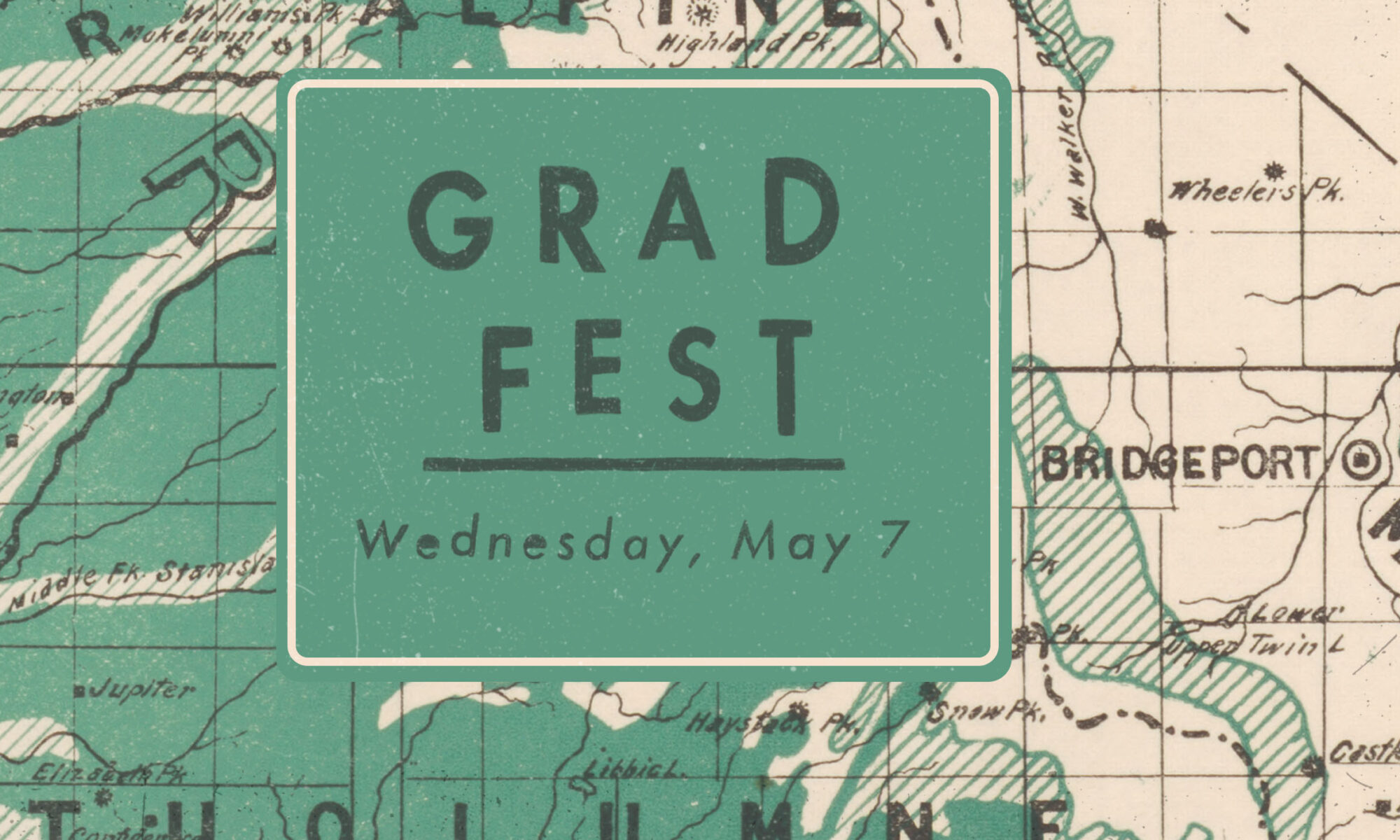
“Patterns and Process of Forest Growth: the Role of Neighborhood Dynamics and Tree Demography in a Northern Hardwood Forest”
Introduction by John Battles
Simulation models and empirical projections have predicted that northern forests would accumulate biomass for 200 years, but forests at Hubbard Brook Experimental Forest in New Hampshire have stopped accumulating biomass after only one hundred years. My master’s research suggested this plateau was due to lower than expected growth of the late-successional dominant species. American beech, yellow birch and sugar maple in particular are expected to compete strongly and accrue biomass in these mid- to late-successional northeastern hardwood forests, with red spruce and balsam fir dominating at higher elevations. Possible factors influencing forest growth include nutrient limitation resulting from chronic air pollution, invasive pests, and rare catastrophic events. Each of these factors affect certain species more than others, and may influence their competitive hierarchies. My dissertation focuses on teasing apart these complex competitive interactions in relation to tree growth, and examines the specific influence of calcium limitation on demographic processes that affect forest productivity.
I conducted a neighborhood analysis to document the role of interspecific competition in regulating tree growth in a forest responding to novel stressors. I used spatially-explicit demography plots and likelihood methods to parameterize growth models under different assumptions of neighbor competitive effects, allowing neighborhood size to vary. Competition is important in these forests: trees in more crowded neighborhoods grew more slowly. More importantly, the species-composition of neighborhood clearly influences growth in addition to simple crowding. Of the three late-successional dominants (sugar maple, hemlock and beech), beech appears to be the weakest competitor, which may be due to the impact of beech bark disease.
Calcium depletion that has resulted from acid deposition in the last century has been implicated in tree growth decline. A paired-watershed experiment showed that biomass has indeed begun to recover in response to calcium addition. My research identifies the contribution of demographic components (mortality, growth, and recruitment) by species and elevation to this biomass recovery. The sustained positive response of the calcium fertilization treatment on calcium-sensitive sugar maple tree growth provides evidence of a nutrient-limitation that is in part responsible for flattening the trajectory of productivity in the unfertilized reference watershed. In addition, a lack of strong competitive interactions with beech, suggests that beech is not competing as well as expected, likely as a result of beech bark disease and potentially further contributing to the decline of growth in late-successional species.
*************************************
My dissertation is dedicated to the loving memory of my mother, Helen Solomonoff, who continues to be a source of inspiration.
I am grateful to my husband, who not only spent his first weeks in the U.S. coring trees for my project, but also patiently endured my absence during long field seasons. I thank my family and friends for their unwavering support, love and encouragement. In addition, I would like to thank: my graduate advisor John Battles for his dedication to mentorship and scientific rigor, and for fostering a friendly, collaborative lab group; current and former colleagues in the Battles Lab (Maya, Stella, Carrie, John S, Debra, Flora, Adrian, Lara, Anne and Rebecca) for their advice and friendship; my writing buddy Beth; collaborators at the Hubbard Brook Experimental Forest (Natalie Cleavitt, Tom Siccama, Tim Fahey, Ellen Denny). These field data-intensive projects would not have been possible without the hard work from an enthusiastic and dedicated crew of student field assistants over many summers. Back at the lab, Danielle, Debra and Zach diligently measured thousands of tree rings.
